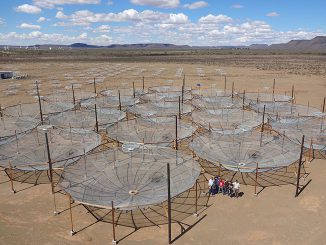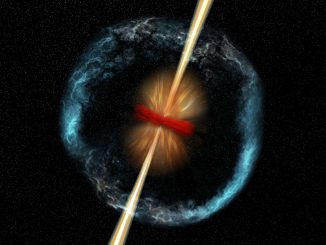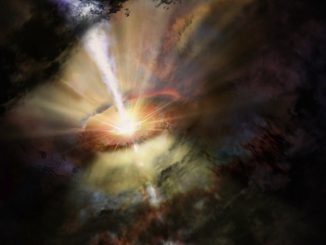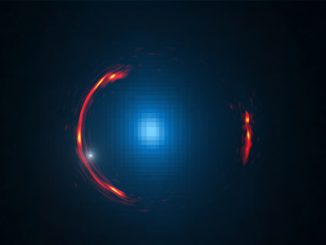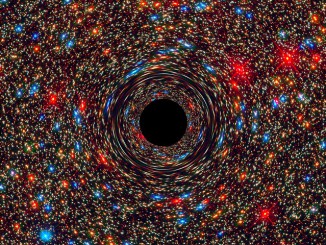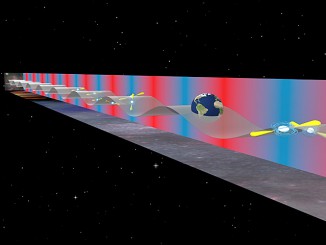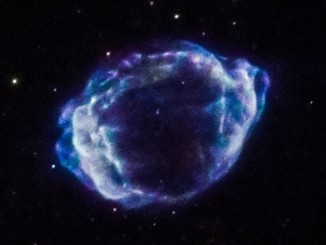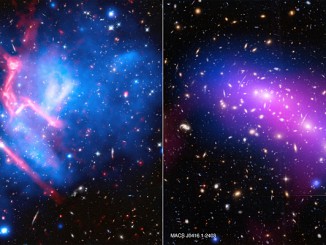
Green Bank Observatory: the making of an American astronomy icon
Astronomers have just celebrated the inauguration of the Green Bank Observatory in West Virginia, home to the 100-metre Green Bank Telescope, one of the world’s most powerful astronomical instruments. During its 60-year history, Green Bank has been home to some of the world’s most innovative and productive radio telescopes.

